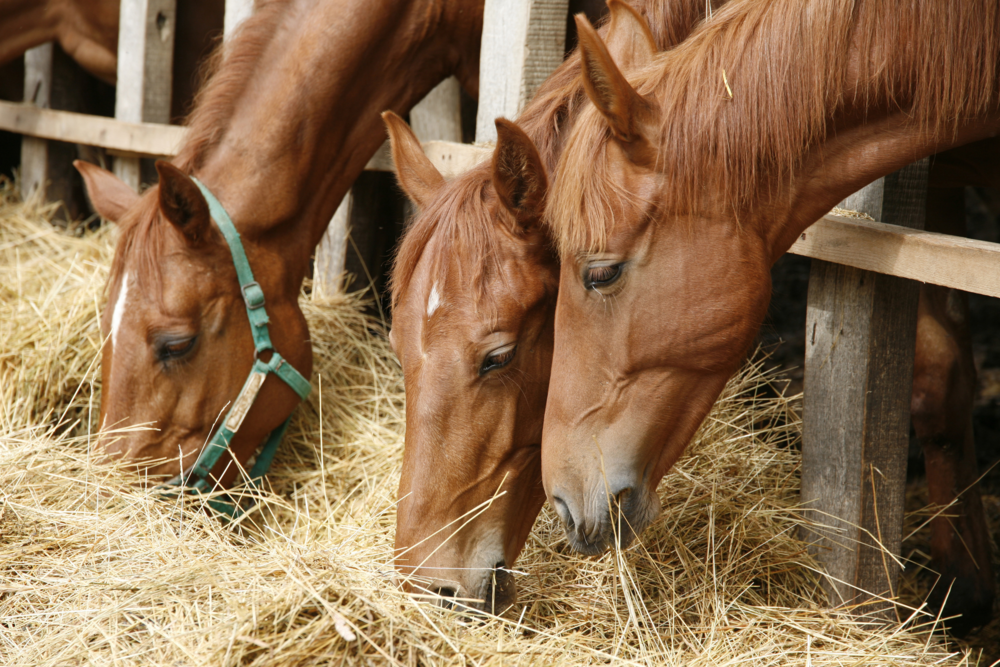A racehorse is generally fed a high-energy, low-fibre diet. This means that hay and haylage amounts are rarely as much as those given to non-racing horses, and there is little chance of incorporating additional fibre sources such as sugarbeet or chaff.
As the supply of energy is critical, the diet’s emphasis proportion has a high starch content. The main source of carbohydrates still comes from cereals, such as oats, although more trainers are turning to specialised cubes and pencils for their racing horses because these have vital vitamins and minerals added.
A horse in training may consume upwards of 7 kilograms of concentrates each day. Such a diet, combined with the daily stresses involved with racing and the scarcity of fibre, might contribute to stomach issues including ulcers and colic.
We put together this guide on the diet of racehorses, with help from Timeform, the go-to horse racing tipsters.
Changing Up A Horses Diet
Whether the owner decides to give the horse a more healthy lifestyle or not, the present-day racehorse still needs a diet that provides the appropriate balance of nutrients to maintain him healthy and enable him to grow new muscle as a riding horse and perhaps a competition horse.
The diet has fibre, protein, carbohydrates, and fats, as well as vitamins, minerals, and trace elements. All are essential for good health and wellbeing.
Follow the same rules for feeding any horse to ensure you account for workload and temperament, as well as any presenting clinical issues, as well as gaining general body weight. Fat does not exist on a horse because it is an athlete, just pure racing muscle. Your horse may appear underweight until he gains conditioning (bulk) from his new diet as this muscle shrinks away due to the cessation of race training.
Your new horse will have no topline and a somewhat triangular shape to his hindquarters; he will appear “hippy” and there will be little coverage for the ribs, giving him the greyhound appearance not to be confused with a herring-gutted horse.
Good Feeding Tips
- If possible, offer high-quality forage; if not, stick to a grain-free diet and feed ad libitum to promote weight gain, gut health, and general well-being. Trickle feeding replicates what nature intended, so it helps keep your horse happy and healthy.
- Split the concentrate feeds into 3 feeds per day.
- Make all diet modifications gradually, ideally over a week or more. This will lower the chance of stomach upset.
- Fibre is the most essential nutrient over water, which is why mixing the two will help your horse get more out of his or her feed. Fibre provides enough energy for most riding horses to meet their energy needs.
- The calorie count is the same for both weight gain and energy, therefore to achieve weight outweighs increase the oil content in the diet; unless you want more energy as well.
- Mucilage is produced from linseed by soaking the seeds in water, then filtering out the mucilage. This oil has three important Omega 3s to six and nine in just the right proportions for horses.
- Remember that a horse’s stomach is tiny, so only offer him hard feeds in the range of 2 to 4 kg each feeding.
- If you’re using a balanced feed, your horse may require some trial and error to get the combination that’s best for him. However, there will be solutions to help your horse appear healthy.

Leave a Reply